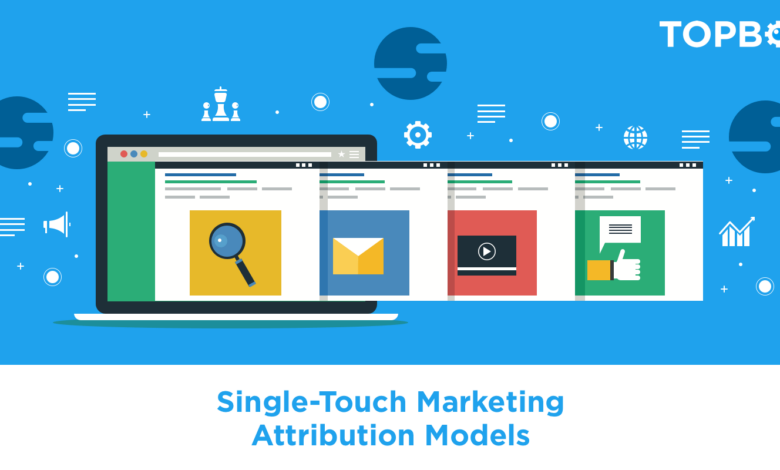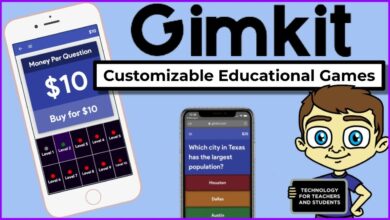
Table of Content
The terms “single touch” and “multi touch” may appear when investigating touchscreen device technologies. Some touchscreen devices offer single-touch, while others support multi-touch, whether it’s a smartphone, tablet, or human-machine interface (HMI). Both systems rely on the same fundamental principle: supporting user input through touch. However, there are several important distinctions between single-touch and multi-touch that we’ll go over in this article.
Single Touch Support
When touchscreen technology first emerged, devices could only do single-touch functions. Single-touch supports input from a single touch, as its name implies. For example, on a smartphone, you can open an app with a single touch by selecting an icon with your index finger.
Not necessarily a bad thing, but it didn’t provide much in the way of versatility and development into more command inputs. The only way for consumers to perform a different command is to quickly double-tap the screen. As a result, touchscreen developers began experimenting with a new variant: multi-touch.
Multi Touch Support
Multi-touch, as opposed to single-touch, allows the use of many touch-based instructions at the same time. Even if you’ve never heard of it, chances are you’ve come across or used a multi-touch device before. Many smartphones and tablets have a pinch-to-zoom capability, which is an example of a multi-touch function. When you wish to zoom in, use two fingers to pinch the screen inwards. To get a larger view, pinch inwards instead of outwards. Single-touch devices can’t have these kinds of features since they can’t register two points of contact at the same time.
Single Touch And Multi Touch Functions
When it comes to resistive and capacitive devices, both single-touch and multi-touch functionality is available. By pressing the top and bottom layers together, a resistive touchscreen device can determine the operator’s point of contact. The sensitivity of these devices is reduced, yet they can still be utilized with or without a stylus.
Capacitive touchscreens, on the other hand, use the electrical charge created by the user to determine the point of touch. The body generates a modest quantity of electricity, yet it is perceptible. When you press a capacitive gadget with your finger, it picks up this charge and uses it to figure out where you touched it.
Marketing Attribute Of Single Touch And Multi Touch
You now have more options than ever before for connecting with potential customers.
It’s harder to know which channels are really worth your time when you’re using more.
This is due to the fact that the path to buying for your customers has grown much more complicated.
You may have inquiries like these in mind:
- In terms of conversions, how big of an impact did Facebook ad impressions have?
- How much of my organic search results are influenced by my TV ad campaigns?
The practice of discovering which marketing touchpoints resulted in conversion is known as marketing attribution (e.g. signup, download or purchase). When assigning conversion credit to various marketing touchpoints, an attribution model is used to identify how credit should be distributed. Single-touch or multi-touch attribution methods are available.
Models of attribution with a single touch
All conversion credit is given to one marketing touchpoint in single-touch attribution models. Customers who see 20 ads before buying will receive credit for only one of the 20 ads that caught their attention.
Because of their simplicity, single-touch attribution models are quick and easy to implement. And their historical connection to Google Ads, they’re also the most widely used attribution models (formerly AdWords).
Let’s examine single-touch attribution models in greater detail. To explain how they function, let’s take soccer as an example.
First-Touch
One hundred percent credit is given to your initial marketing encounter when using a first-touch attribution modeling approach.
Player A would have all the credit if this were a soccer match. This is a good approach to utilize if your primary goal is to widen the top of your funnel. It emphasizes the sources that first brought a customer into contact with your company.
What exactly is the issue?
As a result, it ignores all following touches and gives you no information about your conversion rates farther down the funnel. You may get lots of website traffic from Facebook ads but they are not the only factor in influencing a sale.
Last-Touch
Using last-touch attribution, all credit is given to the final point of contact in the customer’s buying journey. The striker would be given full credit under this scenario.
Many people feel like what matters is what happens right before they click “convert,” yet that’s only part of the tale. Before making a purchase, your customers are likely to interact with your brand through a variety of channels and touchpoints.
Learn about multi-touch (MTA) models.
A conversion can be attributed to a single point of contact, but with multi-touch, all points of contact are assumed to be responsible for some part of the conversion.
Even-Weight
It is a temporal decay, and machine learning is some of the most prominent MTA models that we’ll examine today. Even-weight distribution, also known as linear distribution, distributes all credit equally. For example, in a soccer match, scoring a goal would result in equal credit for all participants. Even-weight is more advanced than a single-touch model since it takes into account all of the touchpoints along the conversion route. Sadly, not all sites of contact are made equal. As a result of this model, every soccer player that participates receives an award, which is unjust to the rockstars.
The passage of time
A touchpoint’s influence increases with proximity to conversion, according to the theory of time decay. The soccer players closest to the goal post get the most credit when using a time decay model.
Even while time decay recognizes that no two touchpoints are the same, it has flaws. Assume a visitor to your website discovers a compelling article about your product and decides they must have it. This person will be retargeted with an ad the following day. Is the ad actually doing more to earn the conversion than the competitor’s ad did?
Position-Based
40 percent of conversion credit goes to the first and last marketing touchpoints in what’s known as the U-shape model. In between, all touchpoints account for the remaining 20%. Soccer players A and E get most of the credit, while everyone else gets credit on a more or less equal basis.
This strategy works well if the initial touchpoint that piques clients’ interest and the final touchpoint that converts them are considered most crucial. The disadvantage is that this approach will not appropriately address your company’s need for a second or third touchpoint to convert a consumer.
Modern MTA Model
Modern MTA models (also known as data-driven MTA models) use machine learning to build guidelines for crediting your marketing efforts. Each player’s worth in a soccer game would be assessed depending on how well he or she performs over the course of several plays. Implementing an MTA model using machine learning used to be difficult.
As an example, you’ll need access to historical marketing data and a platform for analyzing performance patterns to pull this off. Aside from the challenges, this methodology helps you better understand the genuine worth of each marketing touchpoint.
Making an informed decision on a model
Choosing an attribution model is an art, not a science. A single-touch model may be sufficient if your marketing funnel is short and straightforward. With several touchpoints and multiple marketing channels, a multi-touch attribution model is the best option.




